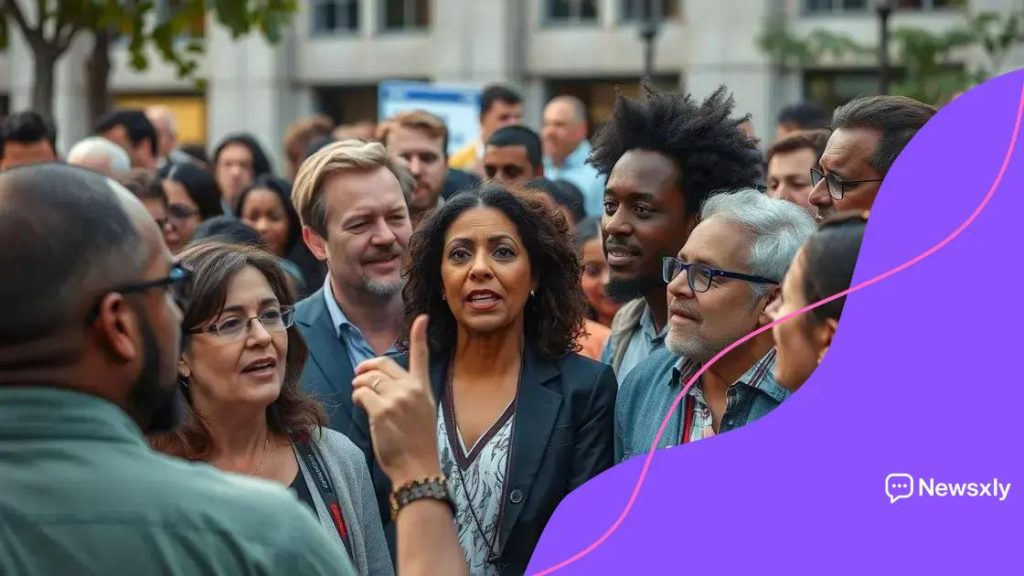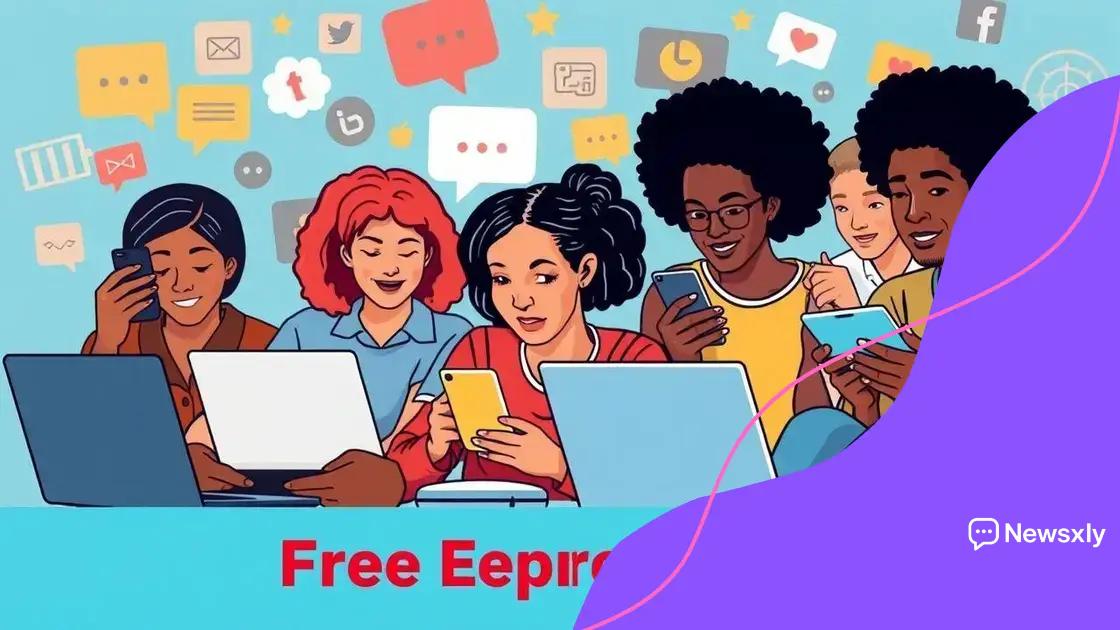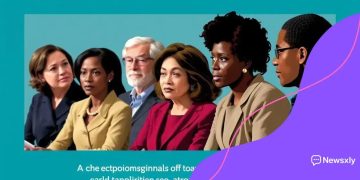Debates surrounding freedom of speech: understanding the nuances

Debates surrounding freedom of speech involve balancing the protection of expression with limitations to prevent harm, highlighting challenges in regulation, social media influence, and significant court cases that shape this fundamental right.
Debates surrounding freedom of speech are more relevant than ever, influencing everything from social media policies to legal frameworks. Have you ever wondered how these discussions shape our daily lives? Let’s dive into the complexities.
Historical context of freedom of speech
Understanding the historical context of freedom of speech is essential to grasp its significance today. Throughout history, societies have wrestled with the balance between expressing ideas and limiting harmful speech.
Early Foundations
The roots of freedom of speech can be traced back to ancient Greece. During this time, public discourse was vital to democracy. Citizens gathered to discuss ideas openly. This was a time when speaking out could lead to both praise and punishment.
Influence of the Enlightenment
The Enlightenment further shaped these ideas. Thinkers like John Locke and Voltaire emphasized the right to express one’s thoughts freely. They argued that free expression is essential for any society to flourish.
- Locke introduced the concept of natural rights.
- Voltaire advocated for the freedom of thought.
- These ideas ignited movements across Europe and America.
As revolutions took place, freedom of speech became a fundamental principle. In the United States, the First Amendment was ratified in 1791, cementing this right into law. It was a pivotal moment that would influence many nations.
Modern Developments
In modern times, various struggles continue to shape our understanding of free speech. Wars, civil rights movements, and technological advances have all impacted this vital right.
- The Civil Rights Movement challenged racial discrimination through speech.
- Social media has transformed how we communicate.
- Governments now grapple with regulating speech online.
As societies evolve, so do definitions and limits of freedom of speech. Understanding its history helps clarify the ongoing debates and challenges that we face today. The fight for free expression is far from over.
Key arguments for and against limitations
Debates on freedom of speech often involve arguments for and against placing limitations on this right. Understanding both sides helps us navigate these discussions better.
Arguments in Favor of Limitations
Proponents of limitations argue that certain types of speech can harm individuals or societies. For example, hate speech can incite violence and discrimination. When speech crosses into harmful territory, society must consider regulations to protect vulnerable groups.
- Hate Speech: This can lead to physical harm and social unrest.
- False Information: Misinformation, especially during crises, can endanger lives.
- Protecting Children: Limiting exposure to certain content helps shield youth.
Supporters believe that limiting speech in these contexts can preserve public safety and promote a healthier society. However, striking a balance is important, as too much limitation might infringe on legitimate expression.
Arguments Against Limitations
On the other hand, opponents of limitations assert that free speech is a fundamental human right. They argue that any restriction can lead to slippery slopes where the government or powerful entities can abuse censorship. Moreover, limiting speech can stifle creativity, innovation, and genuine dialogue.
- Slippery Slope: Once we allow limitations, it could lead to more censorship.
- Marketplace of Ideas: Free expression allows varied opinions to compete.
- Value of Dissent: Challenging popular opinions is vital for progress.
Those who oppose limitations contend that it is crucial to foster an environment where all viewpoints can be shared. They often argue that rather than silencing voices, society should focus on educating individuals about critical thinking and media literacy.
Impact of social media on free expression

The rise of social media has dramatically changed the landscape of free expression. Today, people can share their thoughts instantly with a global audience. This shift has both positive and negative effects on how we communicate.
Positive Aspects of Social Media
Social media platforms offer a space for diverse voices. They empower individuals to raise important issues, promote causes, and connect with like-minded people. The ability to express oneself freely can lead to social change.
- Amplifying Voices: Marginalized groups find platforms to share their stories.
- Mobilization: Social media helps organize protests and movements.
- Global Reach: Messages can easily travel across borders.
This aspect highlights how social media serves as a driving force for activism and awareness across various issues.
Challenges Posed by Social Media
While there are benefits, challenges also emerge. Misinformation can spread rapidly, leading to confusion and unrest. Additionally, some users face harassment, threatening their ability to speak freely. These challenges raise important questions about safety and responsibility online.
- Misinformation: False facts can create panic and division.
- Harassment: Online threats can silence individuals.
- Censorship: Platforms may impose their own rules limiting expression.
As we navigate the world of social media, it’s crucial to address these issues. Balancing the advantages of widespread communication with the need for responsible discourse can be complex.
Case studies of landmark court decisions
Landmark court decisions have played a crucial role in shaping the landscape of freedom of speech. These cases often set important precedents that continue to influence legal interpretations and societal norms.
The First Amendment Cases
One of the most significant cases is Schenck v. United States (1919). This case involved Charles Schenck, who distributed leaflets urging people to resist the draft during World War I. The Supreme Court ruled that speech presenting a “clear and present danger” could be limited. This established a pivotal test for determining when speech could be restricted.
New York Times Co. v. Sullivan
Another critical case, New York Times Co. v. Sullivan (1964), focused on the importance of protecting press freedom. The Court ruled that public officials must show “actual malice” to win a defamation suit. This case reinforced the notion that robust criticism of government officials is essential for a healthy democracy.
- Significance of the ruling: It set a high bar for public figures to claim defamation.
- Impact on journalism: Reporters gained more freedom to investigate and publish.
- Protection of dissent: Encouraged open discussion of political issues.
These cases demonstrate how judicial decisions can establish vital principles regarding free expression. They also show the evolving understanding of what constitutes free speech in various contexts.
Boeing v. State
The case of Boeing Co. v. State (2006) raised questions about corporate speech. In this case, Boeing was challenged for its advertising after a significant accident. The court ruled that corporate speech is protected, emphasizing the need for corporate accountability without infringing on free expression rights.
These examples illustrate the complexities of balancing freedom of speech with societal interests. Understanding landmark decisions helps the public engage in meaningful discussions about their rights and responsibilities.
Future implications for free speech
The future implications for free speech are complex and multifaceted. As technology continues to evolve, the way we express ourselves may change significantly. Social media, AI, and rapid information sharing can impact how free speech is understood and practiced.
Technological Advancements
Emerging technologies play a key role in shaping free speech. Algorithms on social media platforms decide what content users see. This can create echo chambers, where people only encounter ideas that match their own. While these platforms can enhance visibility, they can also limit the diversity of viewpoints.
Regulatory Changes
Governments worldwide are increasingly looking to regulate online speech. New laws aim to address misinformation, hate speech, and harassment. While these regulations may protect users, they also raise concerns about censorship and potential overreach. Striking a balance between safety and freedom is vital for a democratic society.
- Potential for Censorship: If not carefully crafted, regulations could limit genuine expression.
- Public Advocacy: Citizens may need to advocate for transparency and fairness in online platforms.
- Legal Definitions: Courts will continue to refine what constitutes protected speech.
As discussions around free speech evolve, it is essential for society to remain vigilant. Engaging in public discourse and being aware of changes can help protect this vital right.
Educational Initiatives
Education plays a pivotal role in fostering an informed citizenry. Teaching critical thinking and media literacy can empower individuals to navigate the complex landscape of information. When people understand the nuances of communication, they can better protect their rights and engage constructively with opposing viewpoints.
The future of freedom of speech will depend significantly on how society adapts to these changes. Ongoing conversations about rights, responsibilities, and ethical speech practices will be critical in shaping a positive and inclusive environment for expression.
FAQ – Frequently Asked Questions about Freedom of Speech
What is freedom of speech?
Freedom of speech is the right to express one’s opinions and ideas without fear of government censorship or punishment.
Why is freedom of speech important?
It allows for open dialogue, promotes democracy, and encourages the exchange of diverse ideas, leading to societal progress.
How does social media affect free speech?
Social media amplifies diverse voices but can also lead to misinformation and online harassment, complicating the landscape of free expression.
What are some recent challenges to free speech?
Recent challenges include increased regulation of online platforms and debates over hate speech and misinformation, impacting how people communicate.





